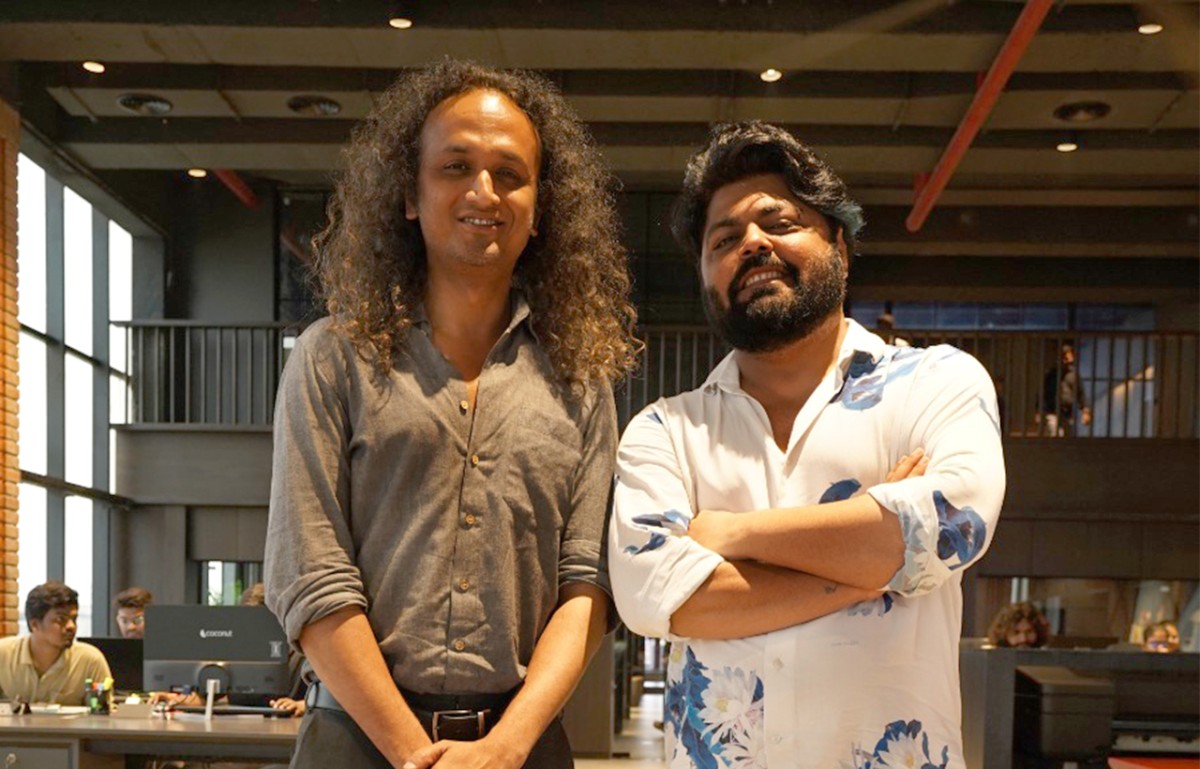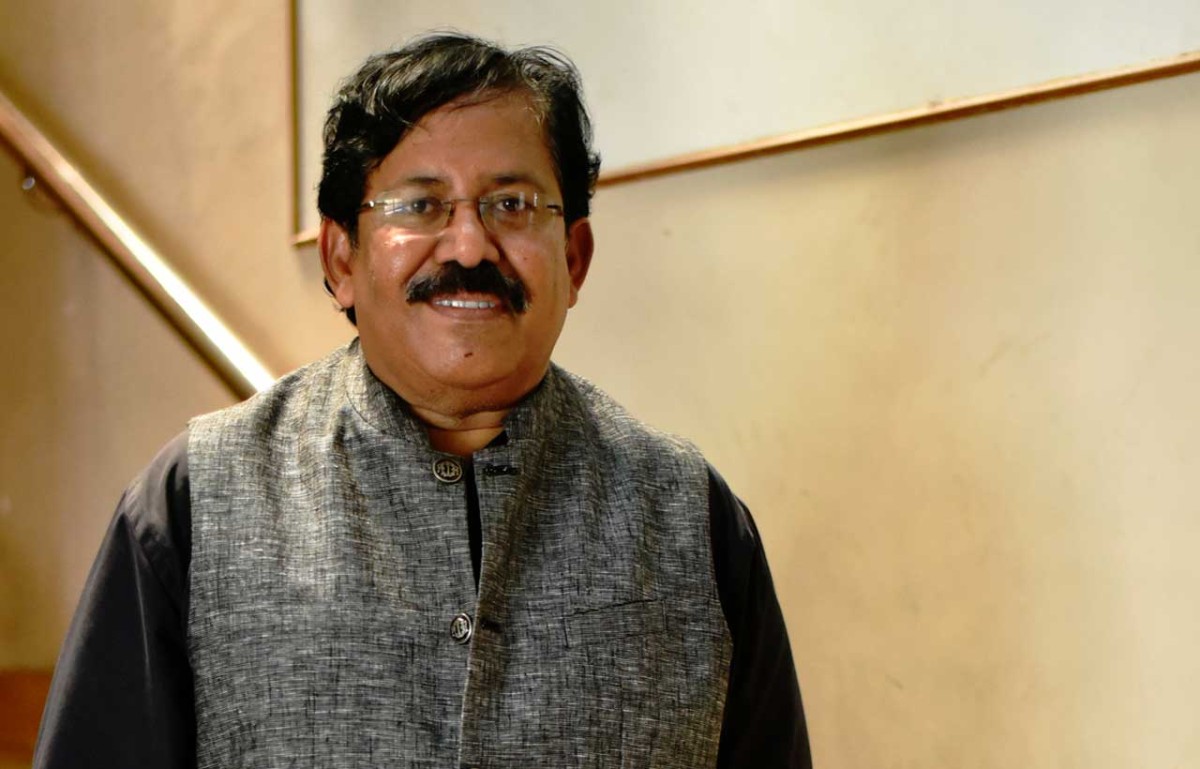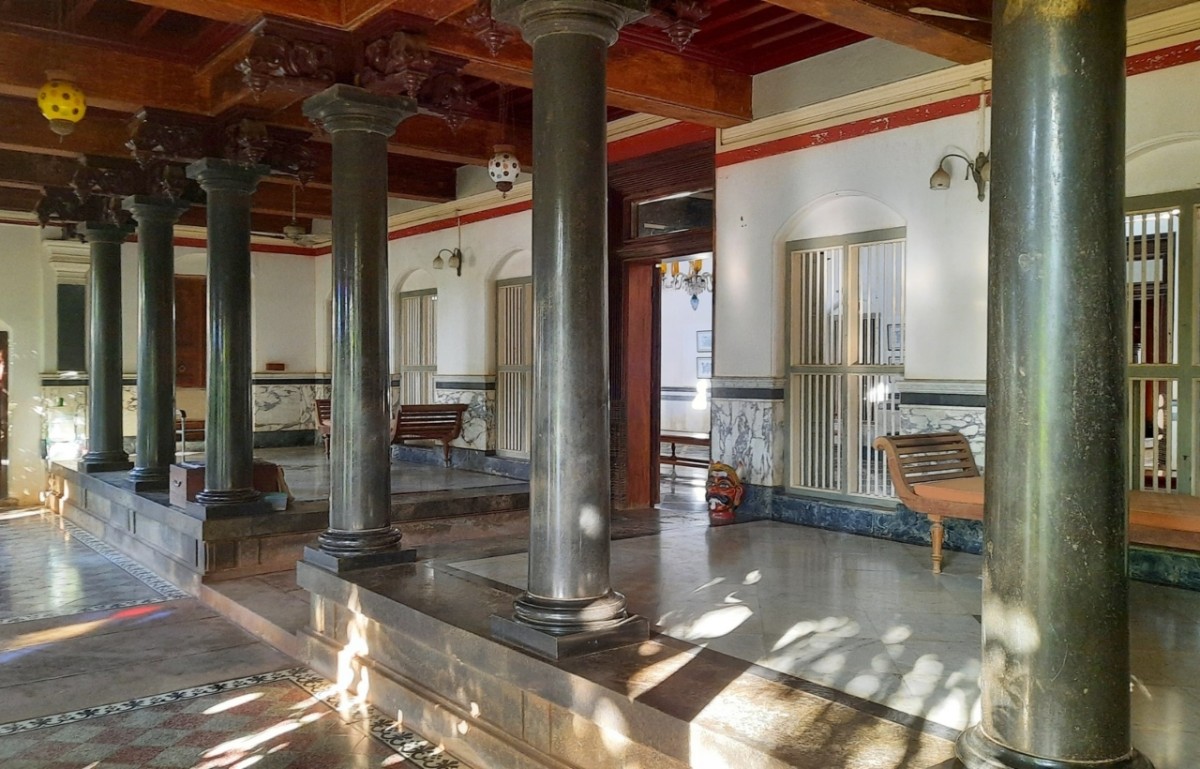In Sync With Nature: Vadodara's Ar. Harsh Bhogani In An Exclusive Conversation With BMR
- November 8, 2025
- By: Sanyukta Baijal
- INFLUENCERS

In an era where lifestyles, aspirations, and the very definition of 'space' continue to evolve, architects are challenged to rethink their designs. Harsh Bhogani, a young second-generation architect from Vadodara is among the new generation architects who are leading this change.
In a one-on-one exclusive conversation with Building Material Reporter during our visit to Vadodara, Harsh got candid about his professional journey, work ethos, and design philosophy- revealing what drives him to create structures that are as meaningful as they are mindful.
What made you pick architecture as a profession?
"Well, it was something which wasn't predefined but I think at a tender age of 14 I was making those paper planes and to a surprise there were like 100 different designs of a paper planes which I had made. All of them were different and that's when my parents discovered that this guy is going to be a designer though I wasn't sure which kind just yet. Eventually, that curiosity and creativity drew me toward architecture."
As a second-generation architect, you’ve grown up witnessing buildings and infrastructure being constructed. What fascinated you more designing residential projects or commercial spaces?
"So, basically, since childhood, I have been looking at sketches on a paper or a simple sketch of a building transforming into a real-life structure. The process has always been really fascinating for me that how can just a basic rough outline can evolve into something so big. It was that very transformation that drew me towards architecture and continues to inspire me today."

Baroda is full of art and architecture. What is that one monument which is very close to your heart?
"Definitely, MS University (Maharaja Sayajirao University) because one thing which a lot of students don't know about it is its dome is the second-largest stone dome in Asia. And I love to share this fact with more and more people for them to appreciate it.
Meanwhile what else drew my attention to Vadodara is the city's diverse architectural landscape. Every office I visited had its own distinct theme and design language, and that truly fascinated me."
What makes your firm Cross Boundaries actually cross the boundaries?
"First thing which we do is we don't follow any philosophy, that's where we cross the boundary. This is because we believe in listening to the client, understanding the requirements, and then deriving something as a teamwork where an artist, an architect, a designer, an interior designer and the client comes together and derives a philosophy. So, that's the reason most of our projects are different and it's diversified from each other. It's not something where we follow a streamlined design style."

Which three projects out of all, are your personal favourites and why?
"The first is one of the initial residences which I designed. It's an New York loft style apartment which I started off with when I was a student, pursuing my masters in Spain. I was still designing up here, thinking about how the penthouse would come in. And that's the first design where we have not used flooring tiles, we have not used false ceiling, we have not used paint. So that's something where we chopped off the rudimentary in our design.
The second one is a resort that we are making in Manali right now. It's a 108-room five-star property that we are developing. And every level is a surprise because we don't know what comes out of the rock. So that's a challenging project which we are still discovering what comes out of it.
And the third one, I would say, is a clubhouse which we designed recently. We played here, around an 100-year-old ancient banyan tree. So that was something where we designed the clubhouse, not chopping off a single tree, but breaking the boxes into different activities. So yeah, those are the three projects."
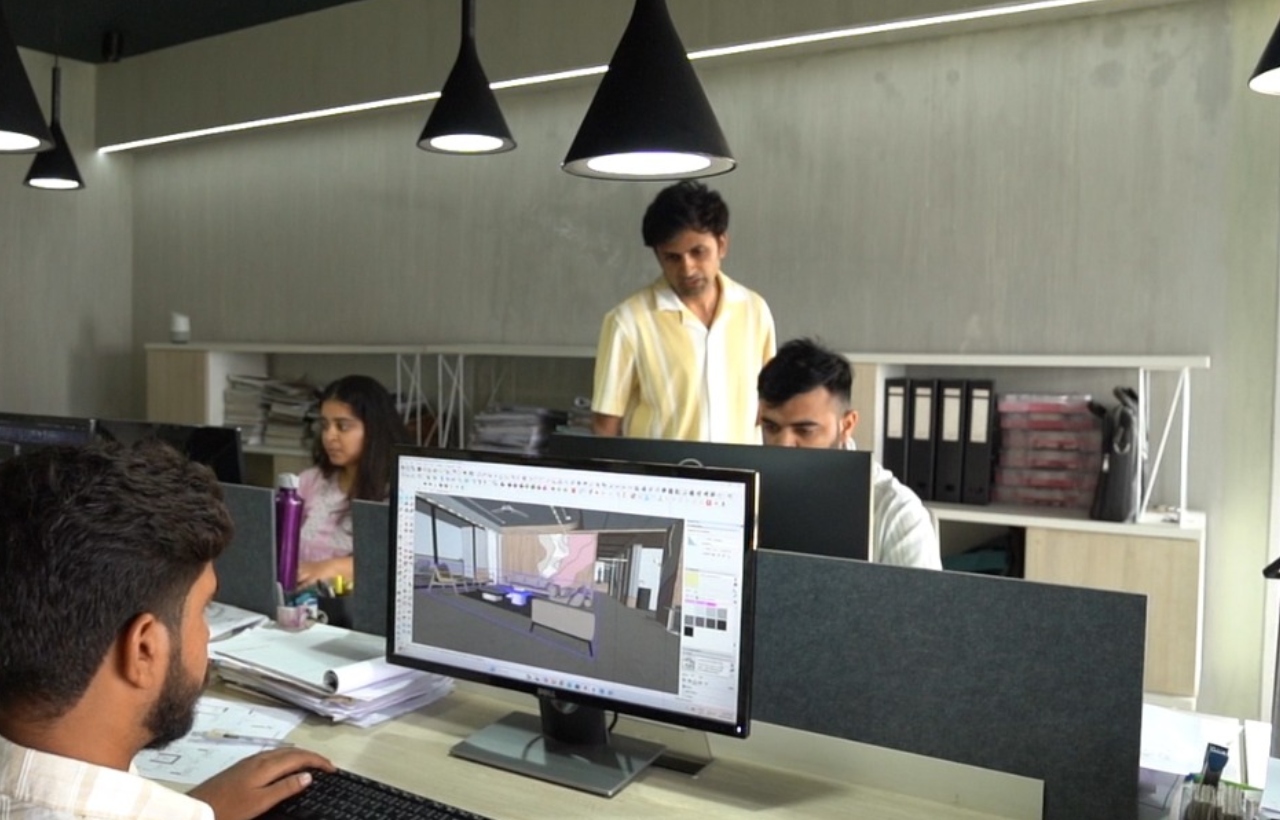
How do you choose the material palette and do you think that material plays a very important role in a project?
"Firstly, it's about the function of the building, what are we designing it for, whether it's a residence or commercial. If it's a residential structure, I would always go for the paint palette as a home should look like a home and should not feel like a hotel. Having said that, client plays an important role for us, like the theme that he's looking for, the ideas which he has. We try to strictly restrict our choices to four to five materials, not more than that. So, that's how we plan."
Earlier, architects would present three design options for clients to choose from. Now, clients come with ten of their own ideas and expect architects to merge them into one. How do you deal with this changing dynamic?
"We have a set rule, during the first two meetings, we let the clients take the lead. They can share whatever they want, whether it’s magazine clippings or Pinterest images. After that, it’s our turn to present our ideas. By setting this boundary within the first two meetings, we ensure the process stays balanced and focused."
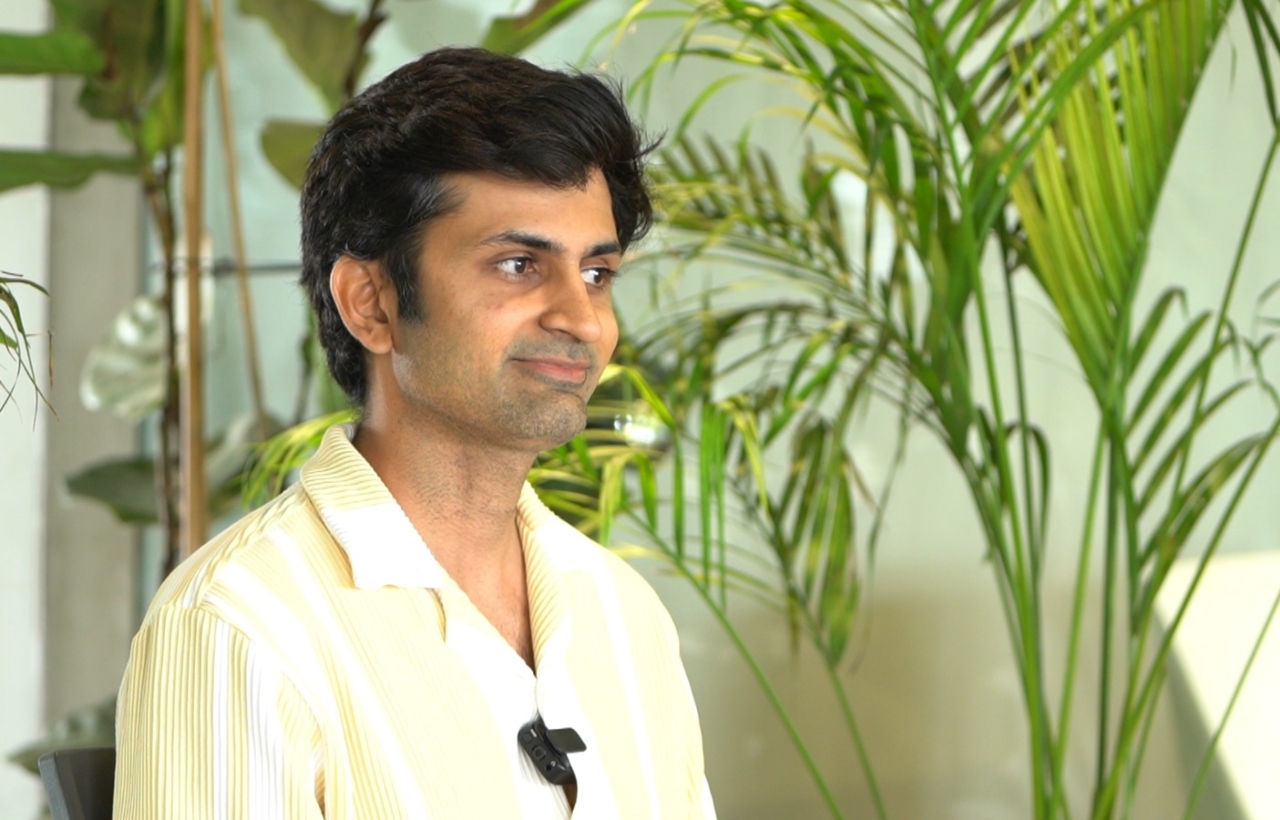
How important is having a strong team in an architectural firm?
"I think teamwork is the most important key to any success. We have a small design team of about 14 people, and I think all of them play an important role in designing. Everyone has their own capabilities, but I think growing together as a team is the fun which we have while designing any project.
Vadodara has a rich artistic and architectural legacy. As a young architect, do you ever feel pressured to establish your own identity within it?
"Yes, definitely there's a lot of pressure, and Vadodara is doing really well. But what I said is that every single individual has their own language and technology of working. So, I have seen people just having like three staff members, and they are doing projects across the globe. I think the pressure is there, but we also need to slow down at times and say no whenever necessary. We just need to control how we take the projects and how we can deliver the best out of it."
What inspired you as an architect?
"Definitely nature. I wouldn’t name any particular architect, because for us, nature itself is the biggest source of inspiration. Many times, we’ve realised that while walking through a site especially a project like a farmhouse, the design begins to reveal itself right there, in that moment. The sounds, the textures, the colours, the play of light all of it comes from nature. That’s where our ideas truly take shape."
Also read: Rock House: An Ahmedabad Retreat Where Nature and Concrete Coexist in Harmony
Also read: Hotel Pandav Retreat: Where Nature Meets Architecture
Also read: Inside Fairmont Udaipur Palace, Rajasthan's Newly debuted Royal Retreat


